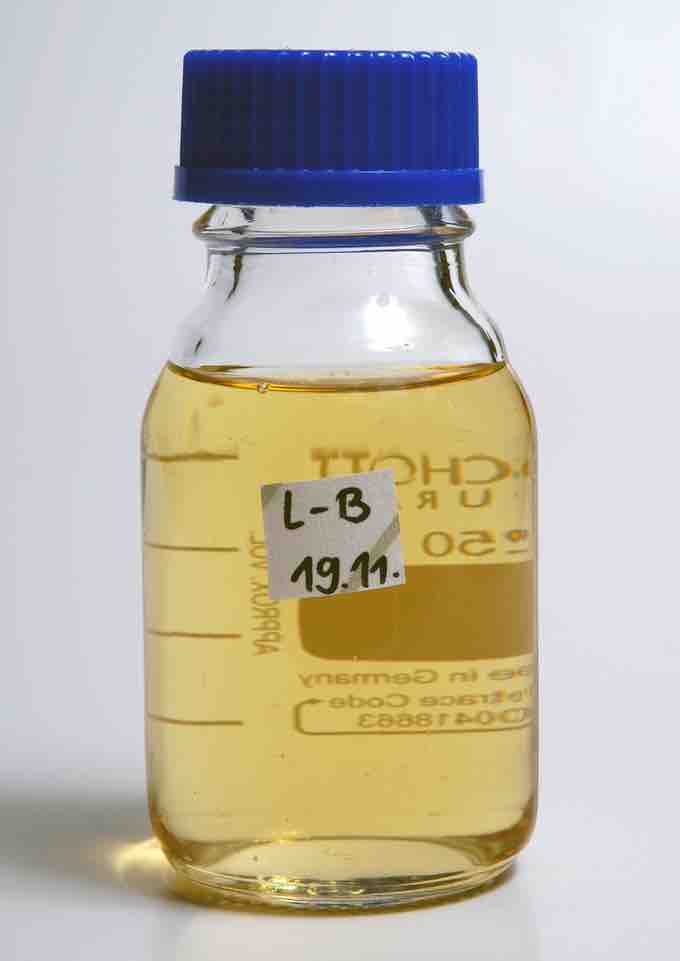There are many types of culture media, which is food that microbes can live on. Two major sub types of media are complex and synthetic medias, known as undefined and defined media.
An undefined medium has some complex ingredients, such as yeast extract or casein hydrolysate, which consist of a mixture of many, many chemical species in unknown proportions. Undefined media are sometimes chosen based on price and sometimes by necessity - some microorganisms have never been cultured on defined media.A defined medium (also known as chemically defined medium or synthetic medium) is a medium in which all the chemicals used are known, no yeast, animal, or plant tissue is present. A chemically defined medium is a growth medium suitable for the culture of microbes or animal cells (including human) of which all of the chemical components are known. The term chemically defined medium was defined by Jayme and Smith as a 'Basal formulation which may also be protein-free and is comprised solely of biochemically-defined low molecular weight constituents.

Undefined Media
Luria Broth as shown here is made with yeast extract, as yeast extract is not completely chemically defined Luria Broth is therefore an undefined media.By Lilly_M [GFDL (http://www.gnu.org/copyleft/fdl.html) or CC-BY-SA-3.0-2.5-2.0-1.0 (http://creativecommons.org/licenses/by-sa/3.0)], via Wikimedia Commons
A chemically defined medium is entirely free of animal-derived components (including microbial derived components such as yeast extract) and represents the purest and most consistent cell culture environment. By definition chemically defined media cannot contain either fetal bovine serum, bovine serum albumin, or human serum albumin as these products are derived from bovine or human sources and contain complex mixes of albumins and lipids. The term 'chemically defined media' is often misused in the literature to refer to serum albumin-containing media. Animal serum or albumin is routinely added to culture media as a source of nutrients and other ill-defined factors, despite technical disadvantages to its inclusion and its high cost. Technical disadvantages to using serum include the undefined nature of serum, batch-to-batch variability in composition, and the risk of contamination. There are increasing concerns about animal suffering inflicted during serum collection that add an ethical imperative to move away from the use of serum wherever possible. Chemically defined media differ from serum-free media in that bovine serum albumin or human serum albumin with either a chemically defined recombinant version (which lacks the albumin associated lipids) or synthetic chemical such as the polymer polyvinyl alcohol which can reproduce some of the functions of serums.